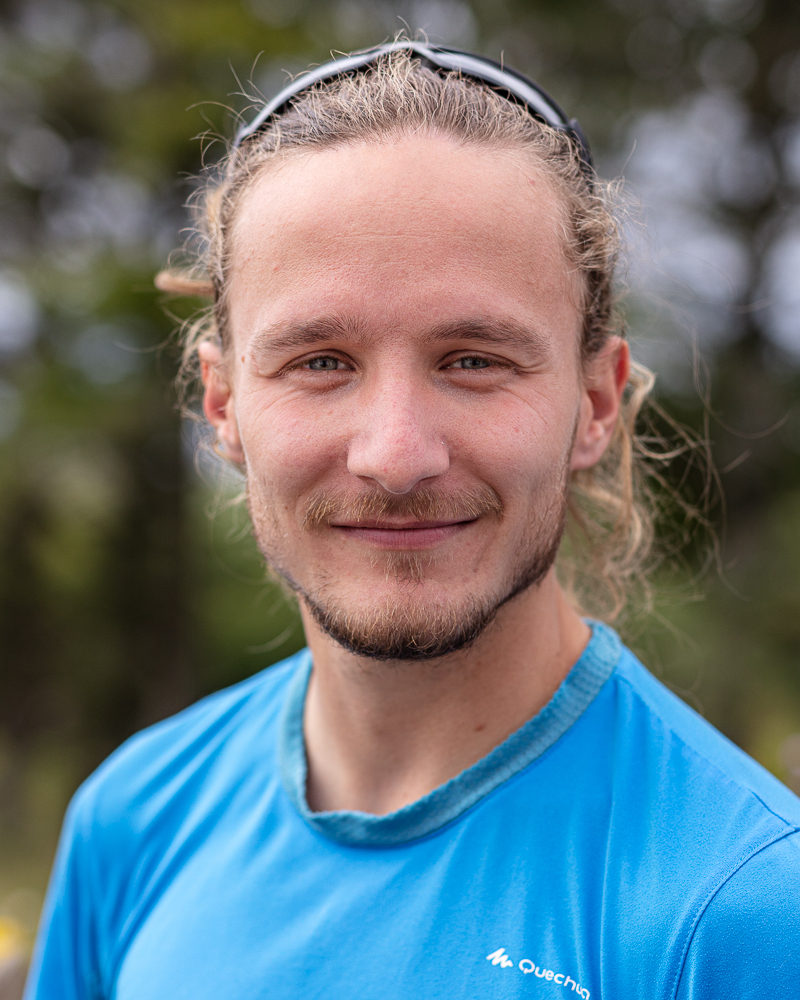Wildlife photography used to be the preserve of a select few professionals with huge telephoto lenses, top of the range cameras, and bulky tripods. Today though, with the increasing availability and affordability of high quality digital cameras, this secretive genre of photography is more accessible than ever. In this short article I want to share a couple of top tips to help you get the best photographs.
1. It’s not all about the gear
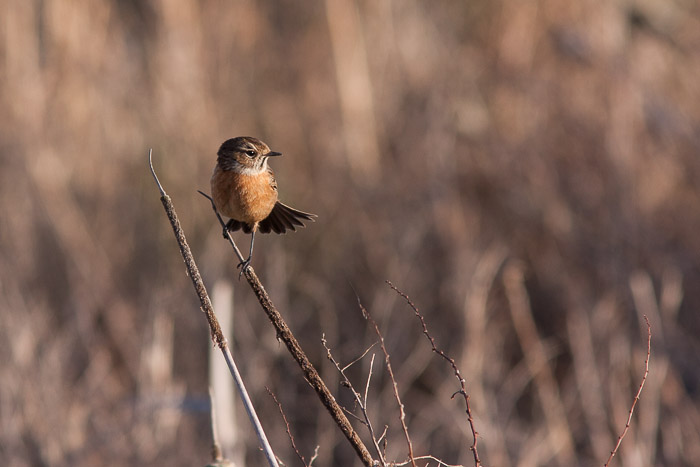
While many professionals will swear by their trusty 500mm or 600mm telephoto lenses, these expensive pieces of glass are not the only thing you can use to get great wildlife photographs. It doesn’t matter what lenses you have, or how expensive they are.
I started taking bird photographs with a pretty shabby 70-300mm telephoto. Make the best of what you have available, if you only have a standard kit lens then consider shooting environmental animal portraits (see below), or dive in to the microscopic world of macro. The same can be said about cameras; you don’t need the top of the range, several-thousand pound SLR to get astounding images of the natural world. The entry-level digital cameras nowadays are all pretty darn good, with a bewildering array of SLRs, micro 4/3rds and mirrorless cameras available to choose from.
In addition, the cameras on smartphones continually surprise me in their quality and flexibility. In fact one of my favourite landscape photographs from my recent trip to Canada was taken on my iPhone (other smartphones are available…).
2. Choose your subject
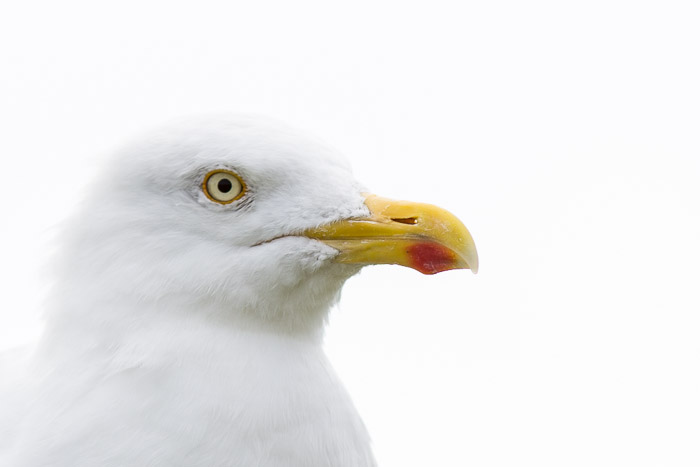
Following on from above then, you need to choose your subject depending on what equipment you have to hand. A small telephoto lens such as a 70-300mm will allow you to fill more of the frame with a small subject such as garden birds. If all have is something wider, like an 18-70mm lens for example, then don’t fret. Instead choose to include more of an animal’s habitat and environment in the photograph, or alternatively use it as an excuse to practice a bit of field craft and get closer to your subject. It can also be far more rewarding to choose a single species to photograph, rather than heading out to photography as many different things as possible.
Having a project to come back to and work on means you’ll be able to see how your skills are progressing and how your images improving. Even if you live in a city don’t despair, there’s an abundance of wildlife out there just waiting to be discovered. Urban foxes (for those of you in the UK) are often very trusting and easy to get close to. Most cities nowadays have good amounts of green space where you’ll often be able to find common species of bird that are used to the comings and goings of people. Many parks in London, for example, are also home to deer that are well accustomed to people.
3. Know your subject
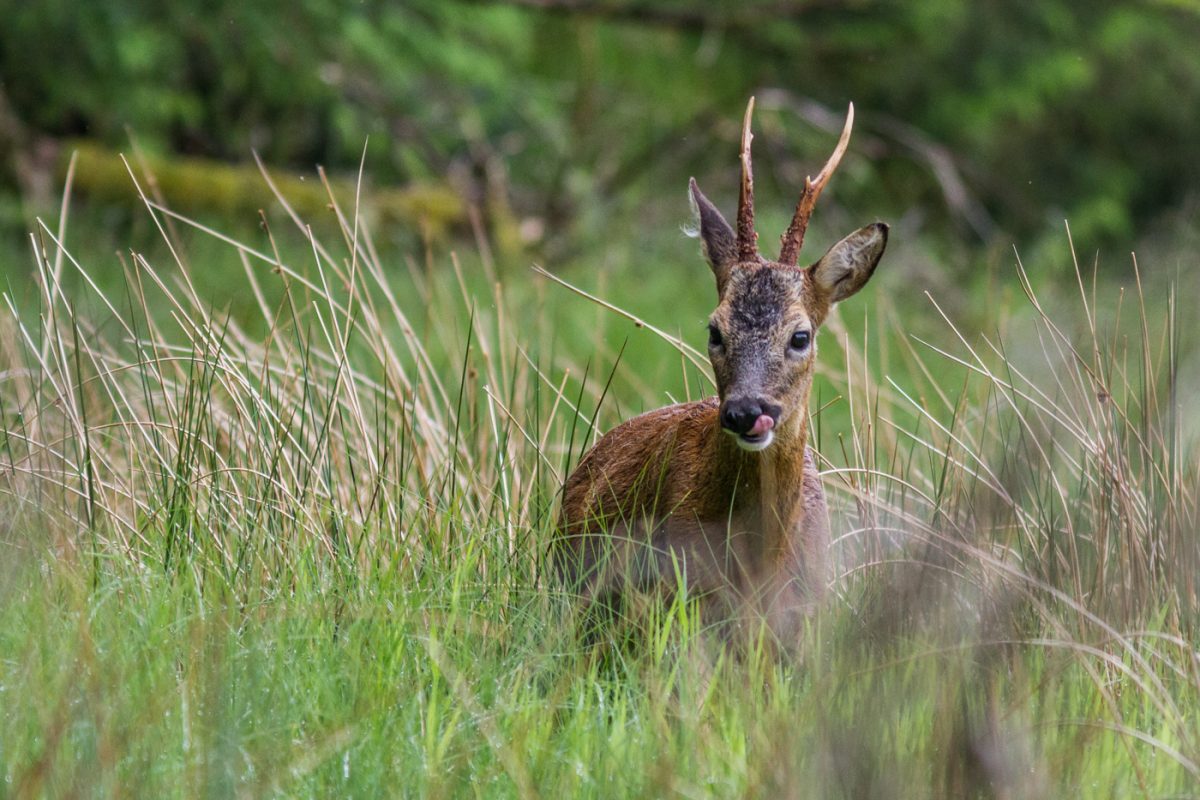
Whatever species you want to photograph one of the most important skills you can develop is your knowledge of an animal’s behaviour and the field craft related to that. If you’re photographing a subject such as deer, that have an acute sense of smell and hearing, then you need to ensure you approach them from downwind (the wind blowing in to your face) to make sure your scent is carried away and not towards your subject. Moving slowly and with care will allow you get to close to all manner of creatures.
The more time you spend with a particular species, or individual of a species, the more you will learn about how it reacts and behaves in certain situations. This lets you begin to predict it’s behaviour and when something exciting might happen so you can capture the moment.
4. Be patient
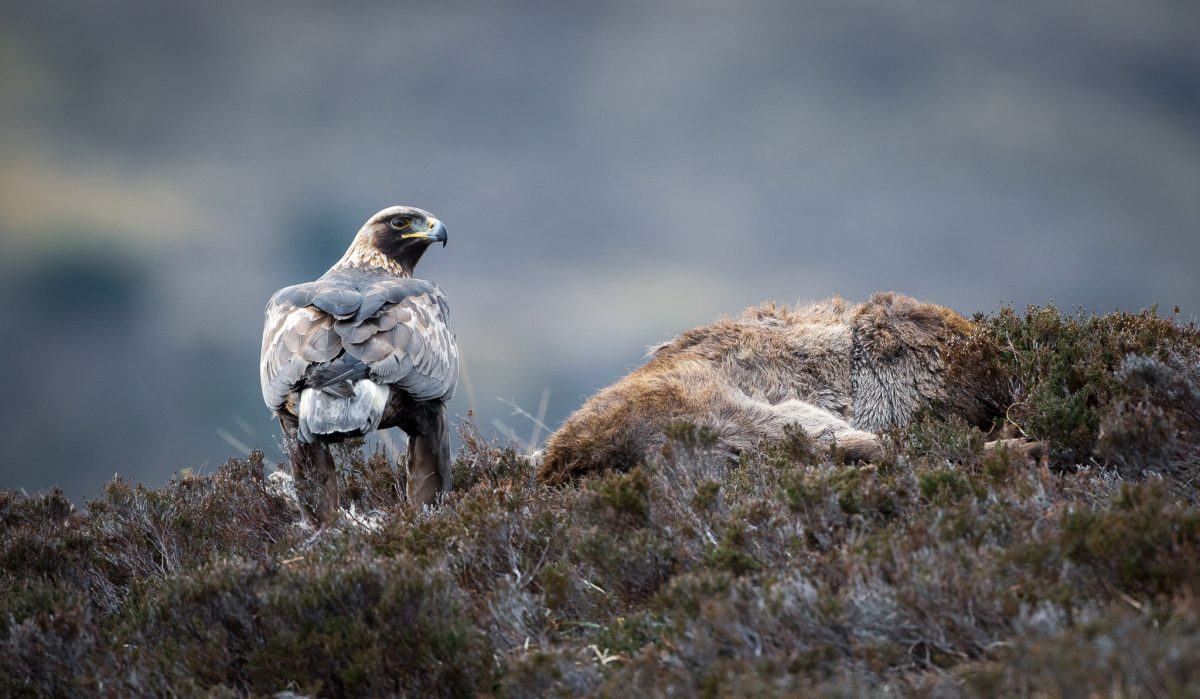
It might sound obvious but patience is an absolute virtue when it comes to wildlife photography. You have to be prepared to wait for either your subject to appear, wake up, hunt or do something worth taking a photograph of. By settling down to wait you also let the wildlife get used to you being there. After a while they’ll start to ignore you, behave naturally and come closer. As a wildlife photographer I live for the moment an animal begins to ignores me and behave naturally.
5. Your subject comes first
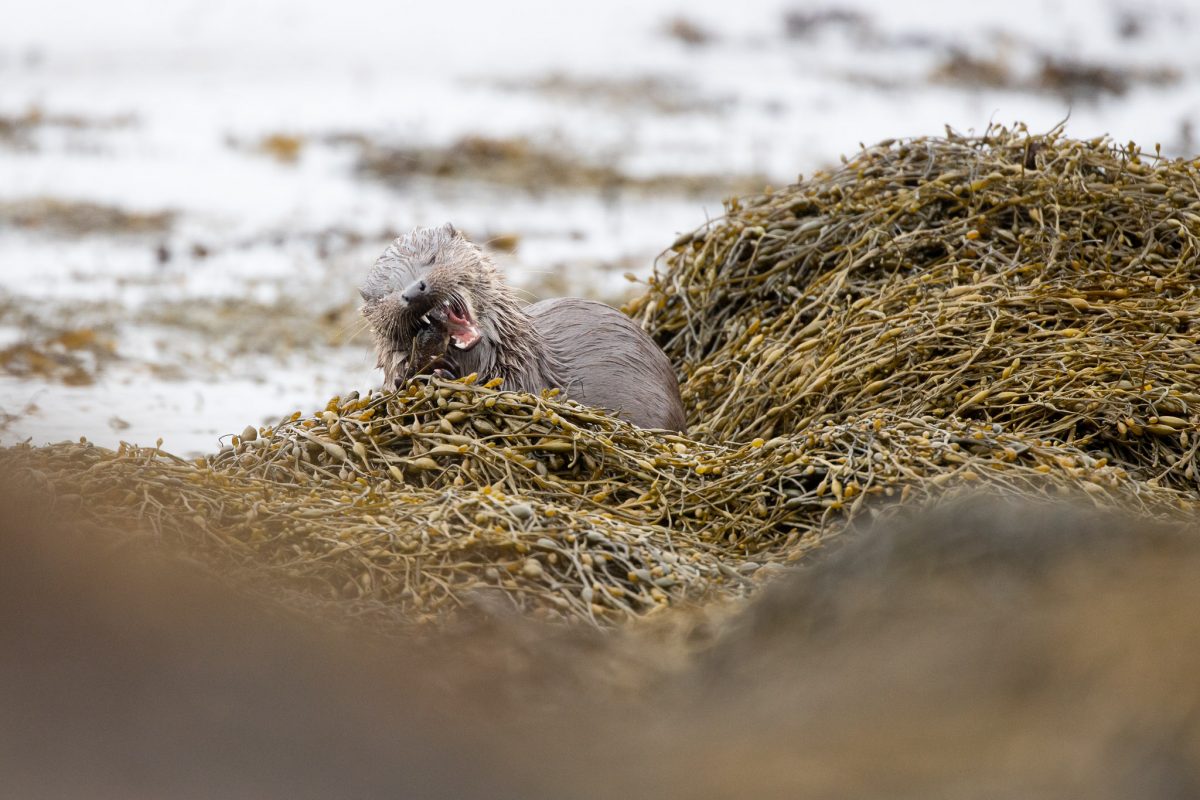
Describing ourselves as wildlife photographers suggests we have an interest and passion for animals and the natural world to begin with. It should also follow then that we care for the welfare of our subjects. Therefore, as photographers, the wellbeing of our subjects should be the first and foremost concern in our minds when photographing them.
If an animal begins to show signs of distress, or is overly disturbed from its normal routine and natural behaviour then we have done something wrong. In those instances it is best to move away and give your subject some space until it has relaxed. If it doesn’t then you should pack up and leave quietly. No photograph is more important than putting an animal through undue stress and disturbance.
Wildlife photography can be one of the most difficult sectors of photography, but equally can be one of the most rewarding. If you put in the work and time then you can expect to be party to some incredible wildlife encounters and once in a lifetime spectacles. One final tip I’d like to share is to sometimes look up from the viewfinder. It is all too easy to focus on getting the shot instead of enjoying what is going on around you. I hope you find some of these tips useful – happy shooting!
